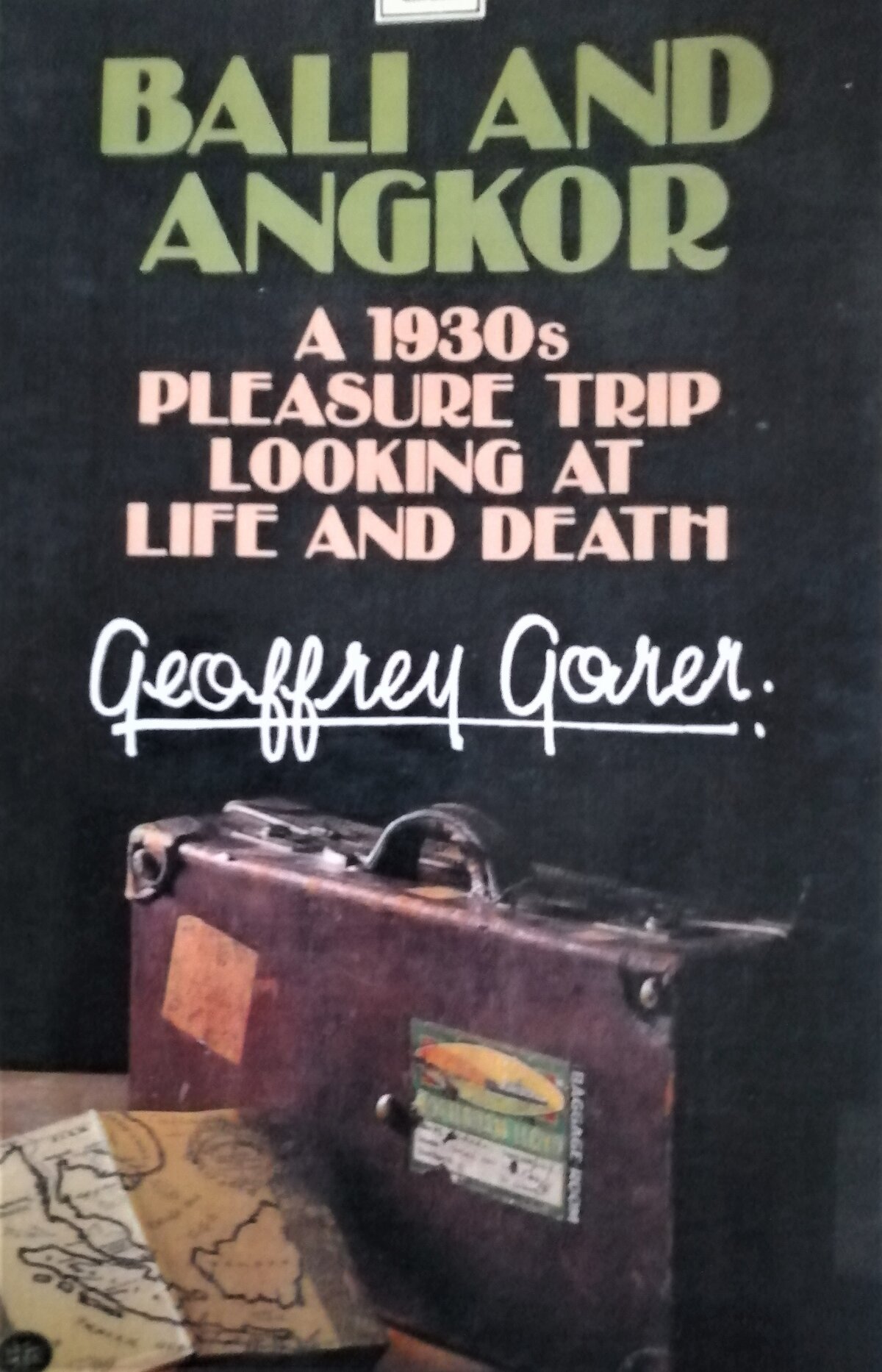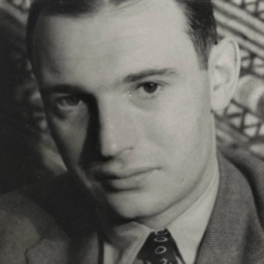Bali and Angkor: A 1930s Pleasure Trip Looking at Life and Death
by Geoffrey Edgar Solomon Gorer
Out-of-the-box considerations on Khmer Art and the fall of Angkor.

Type: paperback
Publisher: Michael Joseph Ltd, London.
Edition: Reedition Oxford University Press Paperbacks, 1987 (second impression), Singapore | FacSimile (GOR2FS) and Print Book (GOR2PR)
Published: 1936
Author: Geoffrey Edgar Solomon Gorer
Pages: 240
ISBN: 0-19-582692-2
Language : English
ADB Library Catalog ID: GOR2FS;GOR2PR
In 1935, social anthropologist and polymath Geoffrey Gorer went to Bangkok, Bali and Cambodia in what was supposed to be a “pleasure trip”, with no work involved. However, his deep interest in ancient civilizations and the human psyche led him to take extensive notes, and finally a travel journal that brings up observations and considerations of considerable portence on art and religion.
While consulting with Conservator Henri Marchal for his thorough visit of the Angkorian ruins, the author develops his own theory about the decline and fall of Angkor, just by observing Angkorian stone carving and statuary. “Death and The Plastic Arts”, the chapter devoted to Angkor, proposes several stimulating ideas:
- Khmer art exerts a everlasting and universal fascination because of its complexity: religious by not strictly so, full of sensuality yet detached from sexual pulsion and representation, repetitive but always singular, and enhancing the architectural design without being only illustrative.
- To “rational” explanations for the disappearance of Angkor — climate change due to deforestation, epidemics, wars with neighboring kingdoms –, Gorer adds the notion of “artistic exhaustion”: “the Khmer sculptors a little before the kingdom was destroyed had discovered all that anybody could know about the technique of carving in stone; but they had completely forgotten what to do with the carvings.”
- Religious pursuits of how to suppress desire may partly explain the particular way of representing female beauty in Khmer temples, yet the author speculates that there is another factor: opium. “The devatas and apsaras (…) are seen with sensual admiration but with no desire, aversion rather”, a “sexlessness” explained by the fact that, supposes Gorer, “the Aztecs and the Khmer artists worked through the visions induced by drugs, which renders their creations more alien to us than any other.”
- “The paradox of art”, writes the author, is that “art is timeless, so that the drawings of our remotest ancestors appeal to us (…); but art is timeless, because as soon as it is executed it is dead”.
- An intriguing note: page 173, Gorer mentions “a film shown in London in the summer of 1935, called Beyond Shanghai, purported to be a documentary film about this region (…), and suggesting that the Khmer [of Angkorian times] were totally destroyed either by great apes or by people so disguised. My chief curiosity in watching the film was as to how the photographers had avoided taking pictures of tourists, cars, and motor roads.” We have found a copy of this film (also titled Forbidden Adventure, or Angkor and The Gorilla Woman), a rare instance of “jungle exploitation movie” (vicariously) set in Angkor.
- Before purchasing the actual book, we got a facsmile thanks to Mr. Adi Jaya. Our sincerest acknowledgments.
Tags: travelogue, 1930s, decline and fall, Khmer art, statues, khmer rituals, Khmer religion, hallucinogens, aesthetics
About the Author

Geoffrey Edgar Solomon Gorer
Social anthropologist and essayist Geoffrey Gorer (1905−1985) has studied art, literature and societal formations through the prism of psychoanalysis and out-of-body experiences such as the influence of drugs or spiritual trance.
With the constant theme of death and sex for background, this true polymath explored African dance symbolic, the Marquis de Sade’s “revolutionary ideas”, Himalayan cultures, the mores of American and Russian people — he lived in the USA for almost two decades –, modern England as well as Balinese and Angkorian art, visiting Southeast Asia in the 1930s.
His many interests lead him to long association with English author George Orwell, American anthropologists Margaret Mead and Ruth Benedict, and various artists of his time, most notably New-Zealand-born Frances Hodgkins. Gorer met Hodgkins in 1929, when he was only 24, and was profundly impacted by her art. In 1940, Geoffrey and his mother Rée Gorer invited Frances Hodgkins to stay in the family’s Somerset cottage.
